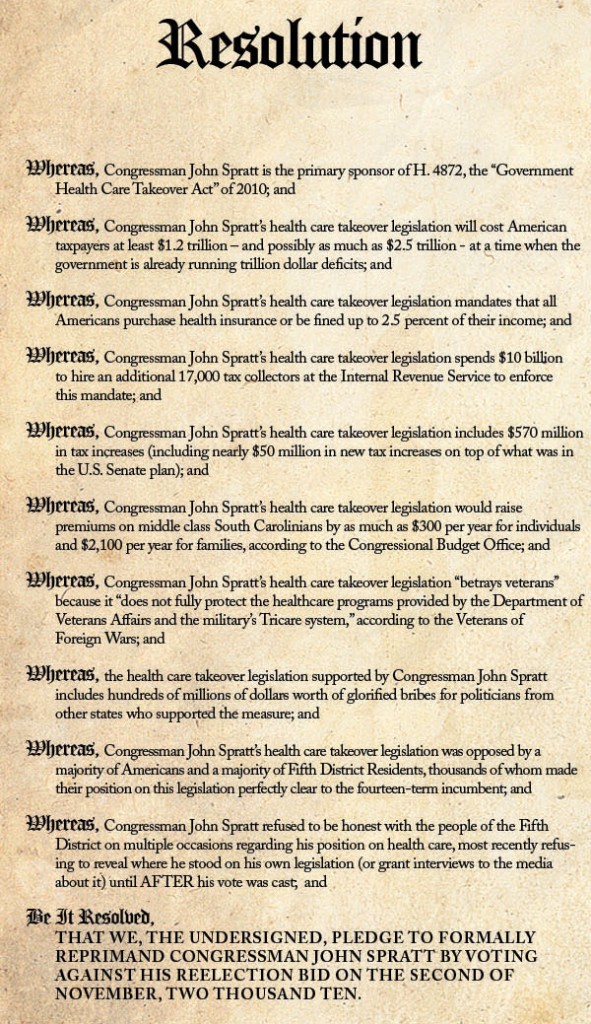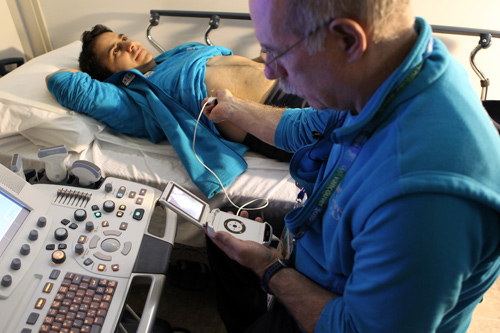Will health care reform mean headaches … or hidden dividends?
provided by Charles D. Lindley CPA/PFS
Increased costs or savings in years to come? What do the federal health care reforms mean for your company? Will they lead to thousands of dollars in extra costs and more paperwork? Or will federal subsidies make this a “game changer” for small companies that have struggled to provide insurance plans?
If you employ 50 or more, you will face a major choice. Businesses with 50 or more employees will have a choice beginning in 2014: they can sponsor a health plan for 100% of their workers (even those signed up for government-subsidized health insurance) or pay $750 per worker in penalties to the federal government.1
A business might opt to take the penalty and do away with health insurance. Paying the annual penalty might be cheaper. So that would leave the employees uninsured, and they would have to go to state health plan exchanges to buy health coverage that could be more expensive.
Some analysts warn that another macroeconomic effect might result – years of high unemployment. They think that increased insurance costs will discourage business hiring in the next decade.
The new reforms don’t put any caps on health insurance premiums. Insurers have every reason to hike rates before the new insurance markets come around in 2014 with added competition.2
If you employ 25-49 people, you won’t face this choice. The government won’t require companies with fewer than 50 employees to offer health insurance starting in 2014, and therefore these companies won’t have to contend with possible fines like their big brothers. But while firms with 50 or fewer workers would be exempt from coverage provisions, they will still have to contend with rising premiums.1,3
A major tax credit for smaller firms and solopreneurs. If you employ less than 25 or are self-employed, you may find that the healthcare reforms bring you tax relief.
Beginning in 2010, companies with less than 25 employees that pay the majority of health care premiums for their workers qualify for a tax credit up to 35% of their premiums. (In 2014, that credit could be as great as 50% of premiums if you arrange insurance via one of the Small Business Health Options Programs, or SHOP Exchanges). The tax break you get will depend on a couple of variables: the number of employees you have and their average salary.2
However, this tax break won’t be offered to sole proprietorships. That factor may encourage you to incorporate or become an LLC.2
If you own a smaller company, insurance might become cheaper. The idea is that small businesses can pool together in the SHOP Exchanges and negotiate insurance coverage as a group. Greater buying power implies lower premium costs (in theory).
Businesses with 100 or fewer workers can jump into a state SHOP Exchange pool starting in 2014; states may choose to limit the pools to firms with 50 or fewer employees through 2016.4
The non-partisan Congressional Budget Office estimates that the SHOP Exchanges would lower annual premiums for these businesses by 1-4% with a 3% increase in the amount of coverage. That could mean a savings of more than $10 billion nationally.1,4
If you work for yourself, you will likely be able to take advantage of government health care subsidies in 2014. If you are self-employed in 2014 and earn less than four times the poverty level, you can qualify for these subsidies. (To give you some idea, in 2010 400% of the poverty level comes to $88,200 for a family of four.)2
Some notes for 2011. In 2011 as a result of the new law, a business will have to report the value of an employee’s health care coverage on W-2 forms. Many companies provide coverage for employee dependents not enrolled in other employer-based health plans up to age 22 or 23; next year, that age limit will rise to 26. All lifetime caps on insurance policies offered through employer-sponsored plans will be eliminated in 2011. Penalties will increase for the misuse of HSA funds, and workers with FSAs and HSAs will not be reimbursed for money used for over-the-counter drug purchases.5
Charles D. Lindley CPA/PFS is a Representative with Capital Investments Inc.
These are the views of Peter Montoya Inc., not the named Representative nor Broker/Dealer, and should not be construed as investment advice. Neither the named Representative nor Broker/Dealer gives tax or legal advice. All information is believed to be from reliable sources; however, we make no representation as to its completeness or accuracy. The publisher is not engaged in rendering legal, accounting or other professional services. If other expert assistance is needed, the reader is advised to engage the services of a competent professional. Please consult your Financial Advisor for further information. www.montoyaregistry.com www.petermontoya.com



